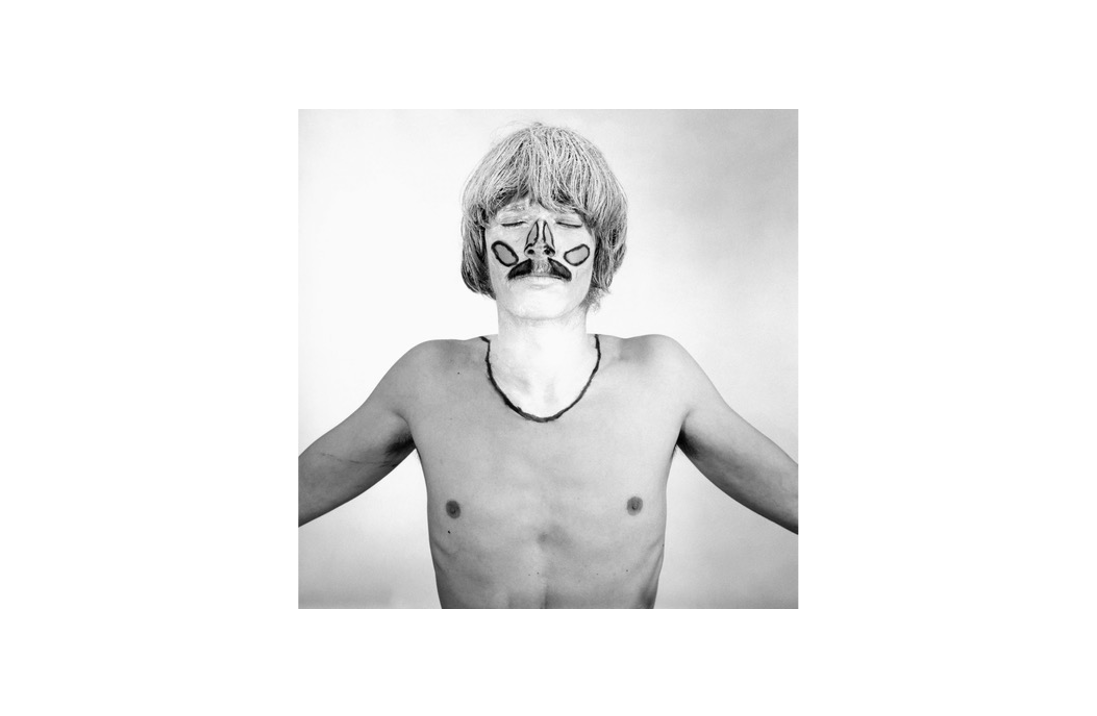- Event
- Talk
The Art of Me, Myself, and I
Tue, December 13, 2022 6:00 pm CET
- Location
- Online
Timm Ulrichs is one of the best-known action and conceptual artists of our time. In conversation with Sarah Donata Schneider, he talks about the power of words, the artist ego, and the value of the idea.
The Art of Me, Myself, and I (premiere)
With more than 150 works, Timm Ulrichs holds an important place in the collection of the ZKM | Karlsruhe. Objects, sculptures, photographs, graphics, and film sequences now invite visitors on a voyage of discovery into the world of thought of the self-proclaimed »Totalkünstler«.
The rediscovery of Dadaism in the 1950s was not the only basis for styles such as Pop Art and Nouveau Réalisme. Until today, the so-called Neo-Dadaism determines the work of Timm Ulrichs, who was born in Berlin in 1940. In Hanover, where the artist had enrolled at the Technical University for Architecture after the end of the war, he founded his »Werbezentrale für Totalkunst & Banalismus« [Advertising Center for Total Art & Banalism] in 1959. Even while he was working as a draftsman at the building authority of the city of Hanover during the semester breaks, he sold soft ice cream here between Georgstraße and Steintor as edible art merchandise under the title »cool art«. Seven years later, after dropping out of his studies, the company was renamed »Kunstbetrieb Timm Ulrichs, Hannover« [Art Business Timm Ulrichs, Hanover], a name that is still valid today. Following the founder of the Merz movement Kurt Schwitters and with the combative pathos of Raoul Hausmann, a member of the Berlin Dada group, Timm Ulrichs dedicates himself in his »Kunstbetrieb« to a dissolution of the traditional concept of art.
It is not the work of art per se that is of concern to Timm Ulrichs, but the idea. As the curator and museum director Bernhard Holeczek put it in the 1990s, his works demand »Kopfarbeit vom Betrachter, nicht nur geduldiges Sehvermögen«1. In this sense, Timm Ulrichs' examination of Marcel Duchamp's method of the »readymade« – Duchamp purchased a bottle dryer in a department store in 1914 and declared it to be a work of art – was decisive: »Nachdem ich diese Theorie begriffen hatte, schien es mir notwendig, dass man sie zu einem Endpunkt führt und nicht nur Flaschentrockner ausstellt, sondern sich selbst ausstellt.«2 Subsequently, in 1961, the artist had business cards printed with the inscription »erstes lebendes Kunstwerk« [first living work of art] and exhibited himself under this title.
Timm Ulrichs acts, as he himself describes it, as a commissioned artist. But instead of accepting commissions as he did at the beginning of the 20th century, he has reversed the situation, as in one of his many puns: he himself now commissions the production of his works.
His work complex, which includes several hundred works to date, can hardly be grasped in its diversity. The photographs, drawings, paintings, sculptures, objects, as well as poetic texts, films, performances, and video installations created since the 1960s elude any single art historical tendency. What they have in common is that they question the view of the familiar, which Timm Ulrichs knows how to change with great ingenuity. In this way, contemporary relationships between the individual and society or man and nature are renegotiated, as are art and the cosmos.
»The Art of Me, Myself and I« is an event in the online discussion series »The Art of ...«, which is dedicated to artists and theorists related to the ZKM collection and archives.
1 Der Spiegel, No. 52, 26.12.1994, p. 172. [Headwork of the viewer, not just patient eyesight]
2 Timm Ulrichs, in: Kunstverein Braunschweig (ed.): Timm Ulrichs. Retrospektive 1960–1975, Braunschweig 1975, p. 8. [Having grasped this theory, it seemed necessary to me that it should be taken to an end point, and not only exhibit bottle dryers, but exhibit itself.]
